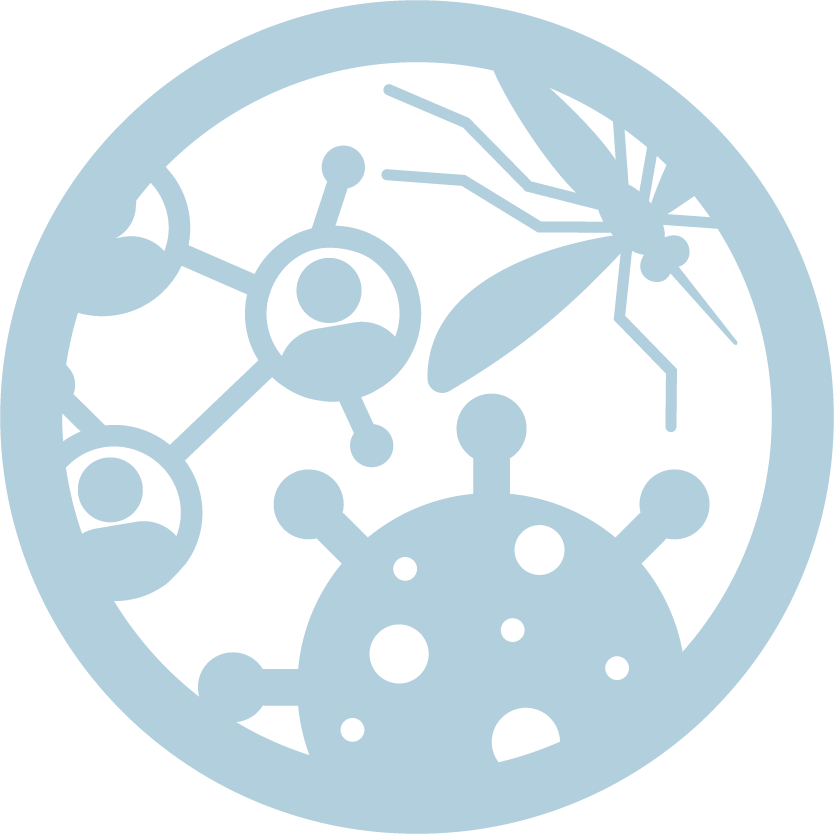Ozone
The ozone layer, miles above the surface of the earth, protects us from cancer-causing solar ultraviolet radiation. But ground level ozone damages lung tissue. This harmful ozone is formed through a complex chemical reaction involving hydrocarbons, nitrogen oxides and sunlight when weather conditions are optimal. Increased ozone causes shortness of breath, coughing, wheezing, and eye and nose irritation and is especially dangerous to older adults, children, asthmatics and persons with other chronic respiratory ailments.
- Ozone can aggravate asthma, causing more asthma attacks, increased use of medication, more medical treatment and more visits to hospital emergency rooms.
- Pound for pound, children breathe more air (and ozone) than adults.
- Children spend more time outdoors than adults.
- Children’s respiratory systems are still developing.
- Asthma is one of the leading causes of childhood hospital admissions.
- Ozone presents an increased risk to the elderly because it can aggravate pre-existing respiratory diseases.
- The elderly experience reduced sensitivity to symptoms of ozone; therefore, early warning signs of the harmful effects of ozone may be ignored.
Protect Yourself
Individuals with asthma and other respiratory diseases should be aware that on high ozone days they are more susceptible to asthma attacks.
Watch for Ozone Advisories
Air pollution advisories may be called when weather forecasters predict weather conditions likely to cause high ozone.
Limit Time Outdoors
People at risk should try to limit their time outdoors on high-ozone days to reduce the risk of exposure to ozone and stay in well-ventilated or air-conditioned buildings.
Contact Your Doctor
Those experiencing symptoms such as tightness in the chest, coughing, wheezing and shortness of breath should contact a medical professional immediately.
For more information about ozone, visit the EPA Ozone Pollution web page.

